Small red pepper spicy, commonly known as Thai bird's eye chili or cayenne pepper, is a small, fiery red chili used globally in cuisines for its intense heat and flavor. This guide covers everything you need to know about this versatile spice, including its heat levels, culinary uses, and expert cooking tips.
What Is a Small Red Pepper Spicy?
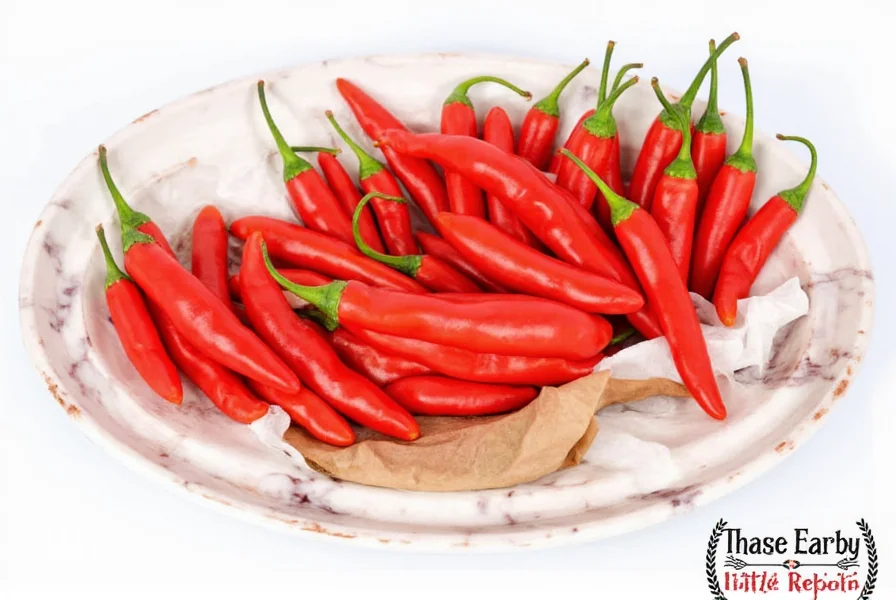
Small red pepper spicy refers to a category of small, red-colored chilies known for high heat levels. Key traits include:
- Small size (typically under 3 inches)
- Bright red color when mature
- Spicy kick ranging from moderately hot to extremely fiery
- Used fresh, dried, or powdered
Popular varieties include Thai bird's eye chilies, cayenne peppers, and Siling Labuyo from the Philippines. These peppers are scientifically classified under Capsicum annuum and Capsicum frutescens species.
How Hot Is It Really?
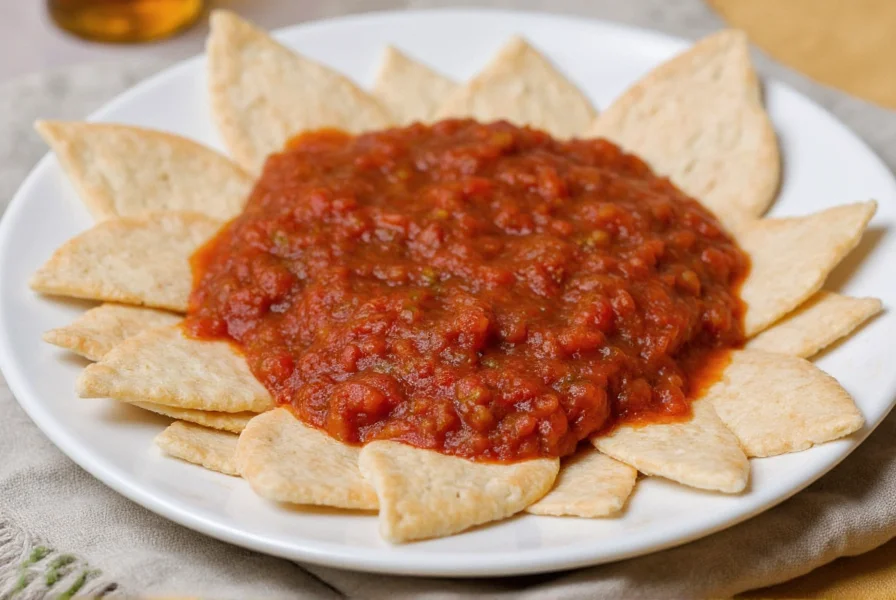
The heat level of peppers is measured using the Scoville scale, which quantifies capsaicin concentration. Here's how small red pepper spicy varieties compare:
| Pepper Type | Scoville Heat Units (SHU) |
|---|---|
| Mild Bell Pepper | 0 SHU |
| Jalapeño | 2,500–8,000 SHU |
| Cayenne | 30,000–50,000 SHU |
| Thai Bird's Eye | 50,000–100,000 SHU |
| Habanero | 100,000–350,000 SHU |
According to the USDA Agricultural Research Service, capsaicin content varies based on growing conditions, maturity, and preparation methods. Always handle with care.
Global Uses in Cuisine
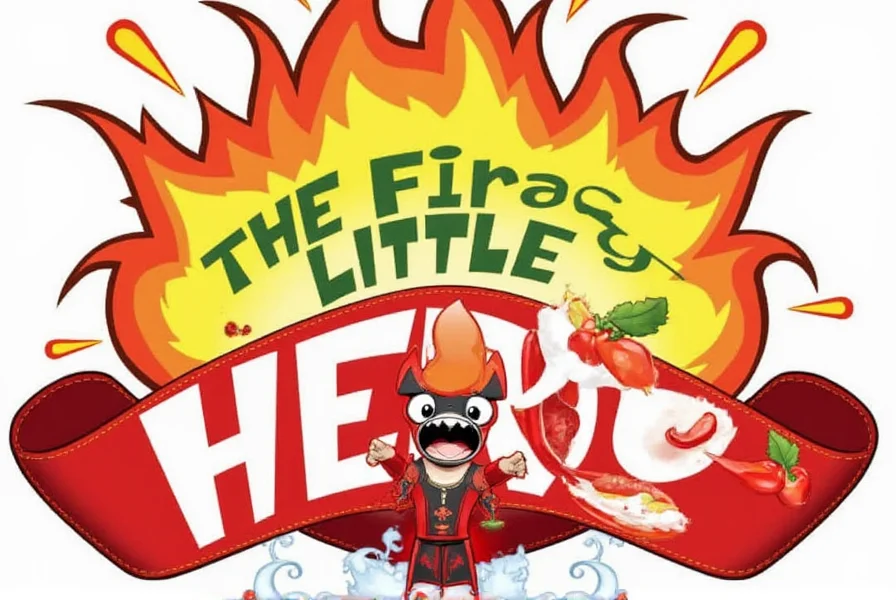
Small red pepper spicy is a global culinary staple. Verified by the Food and Agriculture Organization (FAO), these peppers are used in:
- Thailand: Curry pastes, stir-fries, and som tam (green mango salad)
- Mexico: Salsa roja and mole sauces
- India: Garam masala and chutneys
- Philippines: Vinegar-based dipping sauces for grilled meats
- Italy: Infused olive oil for subtle heat
Top 5 Cooking Tips with Small Red Peppers
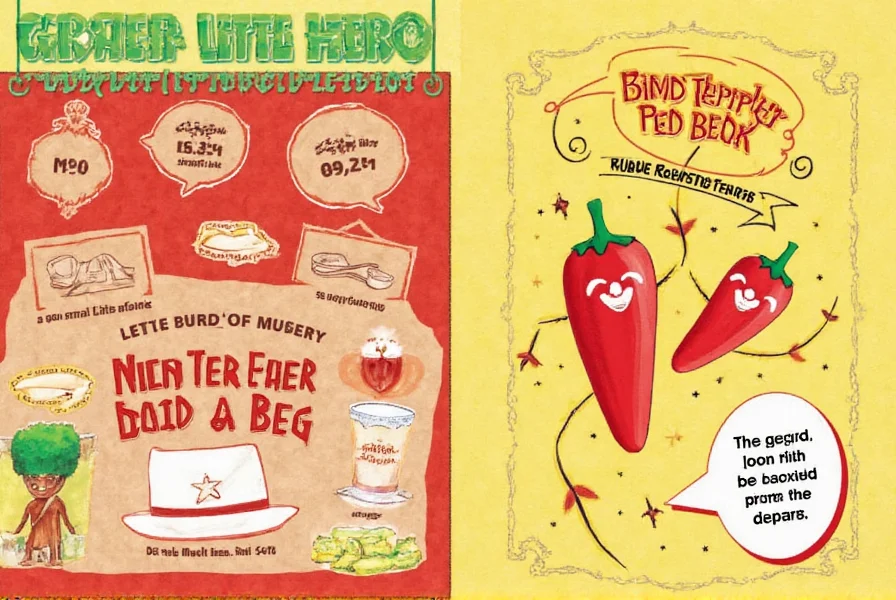
Based on professional chef recommendations from the Culinary Institute of America:
- Wear gloves! Capsaicin causes skin irritation. Avoid touching eyes or face.
- Remove seeds and membranes to reduce heat intensity (70% of capsaicin is concentrated here).
- Toast dried chilies in a dry pan for 30 seconds to enhance flavor complexity.
- Balance heat with dairy or acid (yogurt, lime juice, vinegar) for better flavor harmony.
- Add gradually and taste as you cook—heat cannot be removed once added.
Buying Guide: How to Choose the Best Ones
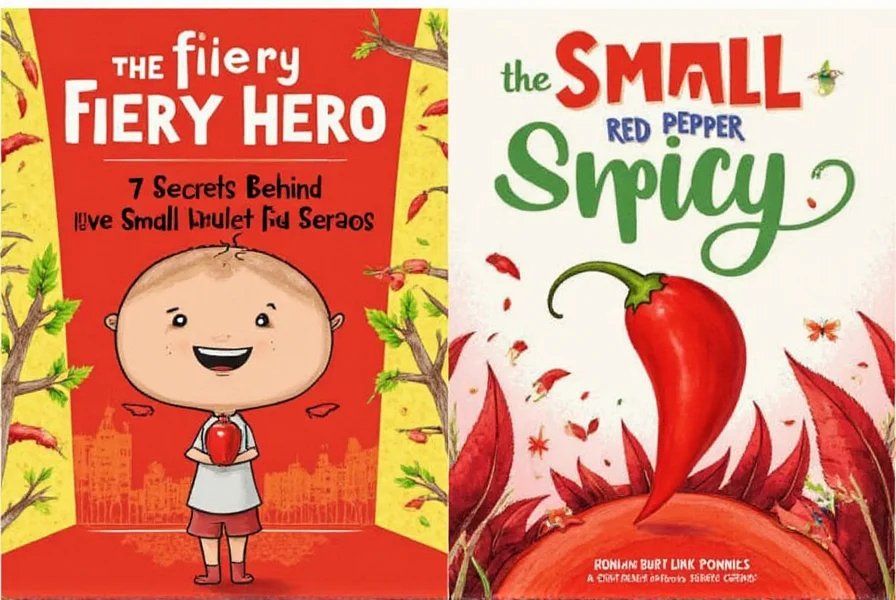
Fresh vs. Dried vs. Powdered
| Type | Pros | Cons | Best For |
|---|---|---|---|
| Fresh | Vibrant flavor, crisp texture | Short shelf life (7-10 days) | Salsas, marinades, garnish |
| Dried | Intense flavor, long shelf life | Requires rehydration or grinding | Curry pastes, soups, stews |
| Powdered | Convenient, easy to store | Can lose potency over time | Dry rubs, spice mixes, seasoning sauces |
Top Products to Consider
- Thai Bird's Eye Chilies (Fresh): Known for intense heat and bright flavor. Perfect for green curry paste.
- Cayenne Pepper Powder: Kitchen essential. Use sparingly in soups or smoothies for metabolism benefits.
- Dried Kashmiri Chilies: Vibrant red color with mild heat. Ideal for Indian curries.
- Siling Labuyo (Filipino Red Chili): Super spicy and aromatic. Best for vinegar-based dips.
- Smoked Paprika (Hot Variety): Smoky flavor with heat. Excellent for paella and grilled dishes.
Storage Tips
- Fresh peppers: Refrigerate in paper bag (7-10 days)
- Dried peppers: Airtight container in cool, dark place (up to 1 year)
- Powders: Sealed container away from light and moisture (6 months for optimal flavor)
Frequently Asked Questions
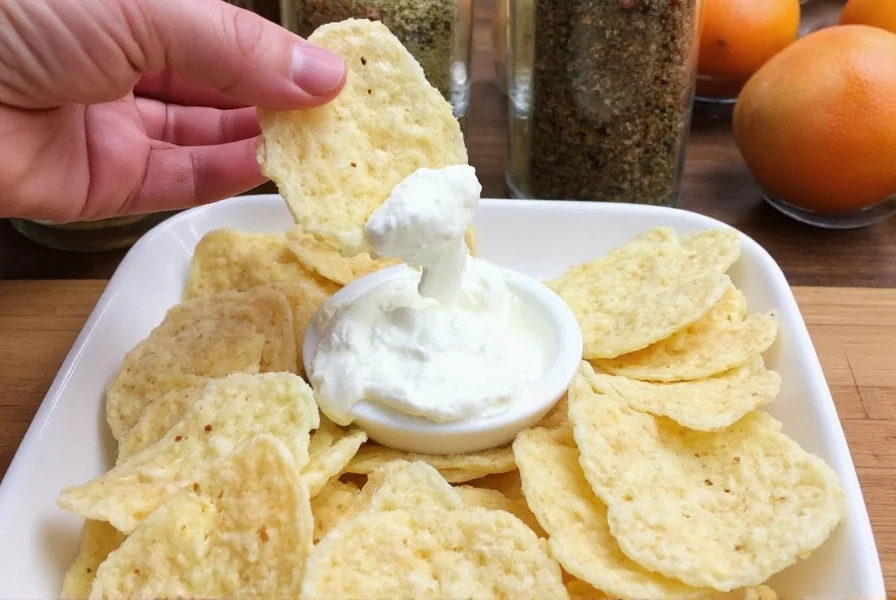
What is the small red pepper spicy called in different countries?
This versatile chili has regional names: prik kee noo (Thailand), chile de árbol (Mexico), siling labuyo (Philippines), and kanthari mulaku (India). The generic term "small red pepper spicy" is used internationally to avoid confusion.
How can I reduce the heat of small red peppers in my dish?
Remove seeds and white membranes (where 70% of capsaicin concentrates). Balance with dairy (yogurt), acid (lime juice), or sweeteners (honey). Cooking longer also breaks down capsaicin.
Are small red pepper spicys healthy?
Yes. According to the National Institutes of Health (NIH), they're rich in vitamin C (4x more than oranges), vitamin A, and antioxidants. Capsaicin has been linked to pain relief and reduced inflammation. However, consume in moderation if you have digestive sensitivities.
How do I handle small red peppers without burning my skin?
Always wear food-safe gloves. If skin contact occurs, wash with soap and cold water. For residue, apply vegetable oil before washing to dissolve capsaicin. Never touch your face during handling.
What's the difference between small red peppers and other chili varieties?
Small red peppers have higher capsaicin concentration per volume than larger varieties. For example, Thai bird's eye chilies (50k-100k SHU) are 10x hotter than jalapeños (2.5k-8k SHU). Their small size allows for intense flavor infusion without bulk.
How long do small red peppers stay fresh?
Fresh: 7-10 days refrigerated in paper bag. Frozen: 6-8 months. Dried: 6-12 months in airtight container. Powdered: 6 months for peak flavor (safe for 1 year if stored properly).
Can I grow small red peppers at home?
Yes. They thrive in containers with well-draining soil and 6-8 hours of sunlight. Start seeds indoors 8-10 weeks before last frost. Transplant when temperatures exceed 60°F (15°C). Water moderately—peppers prefer slightly dry conditions.
Why Every Kitchen Needs a Small Red Pepper Spicy

Small red pepper spicy is more than a spice—it's a flavor powerhouse backed by scientific research. Whether you're a home cook or professional chef, understanding its heat profile, storage needs, and health benefits ensures you use it safely and effectively. As noted by the USDA, proper handling and usage of chili peppers can transform ordinary dishes into extraordinary culinary experiences.

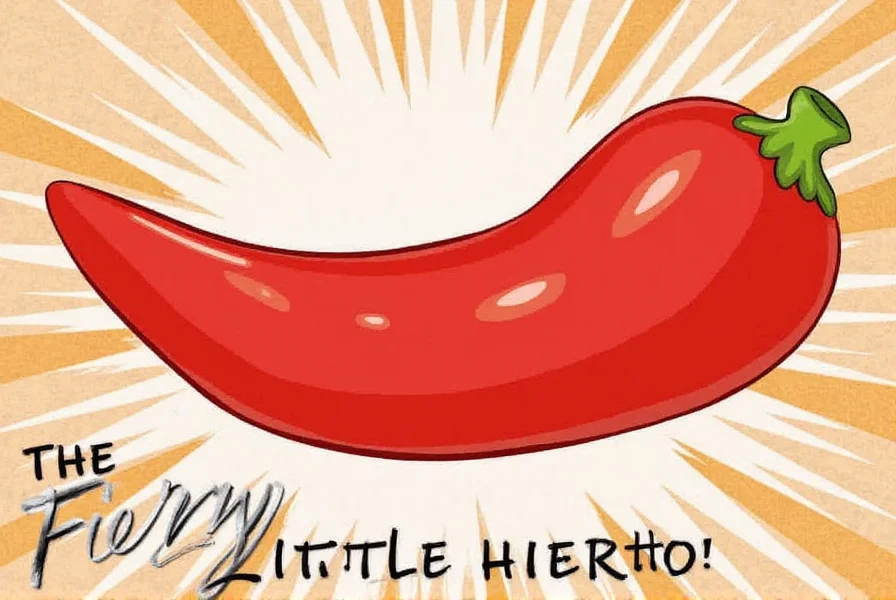









 浙公网安备
33010002000092号
浙公网安备
33010002000092号 浙B2-20120091-4
浙B2-20120091-4